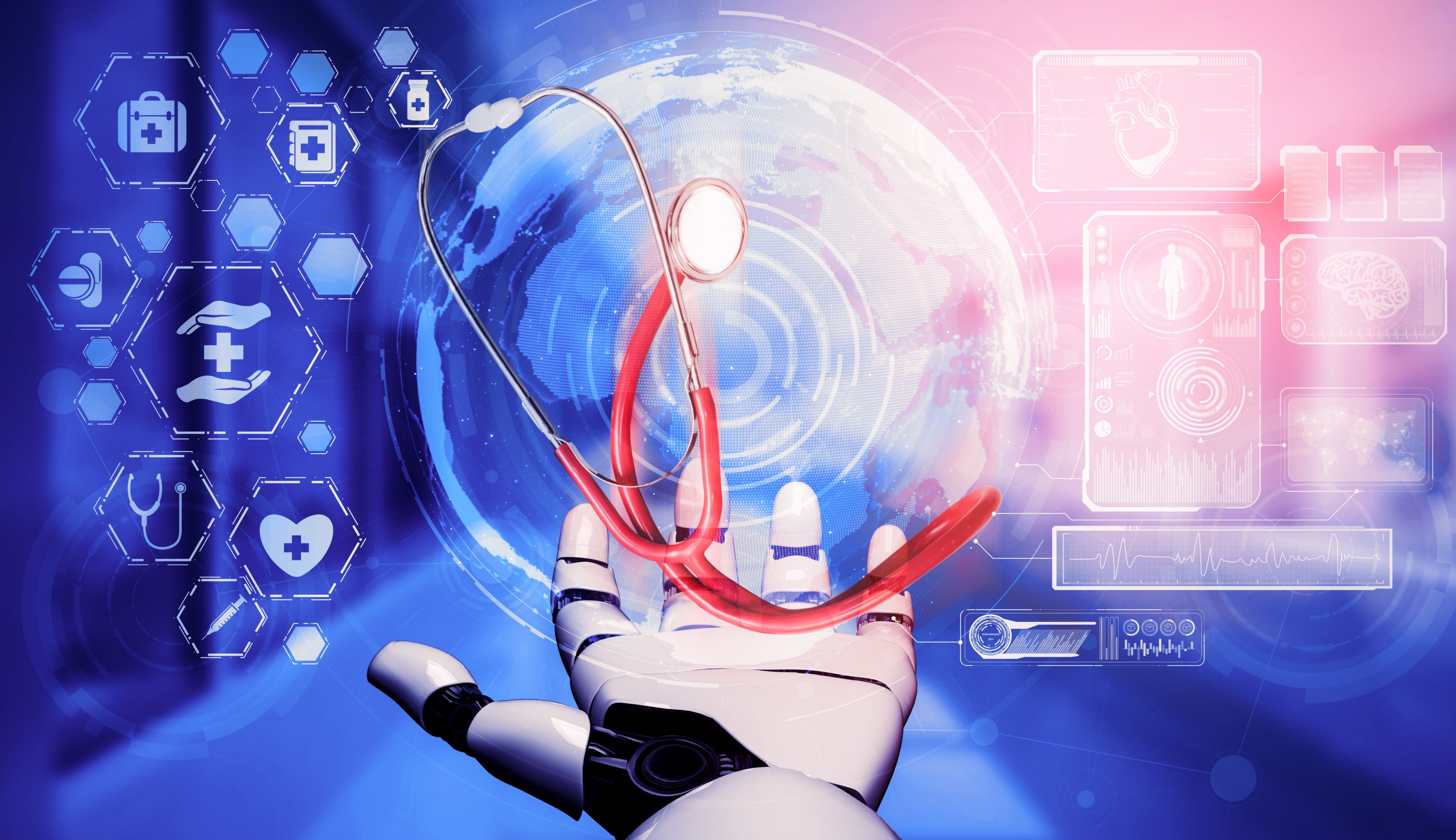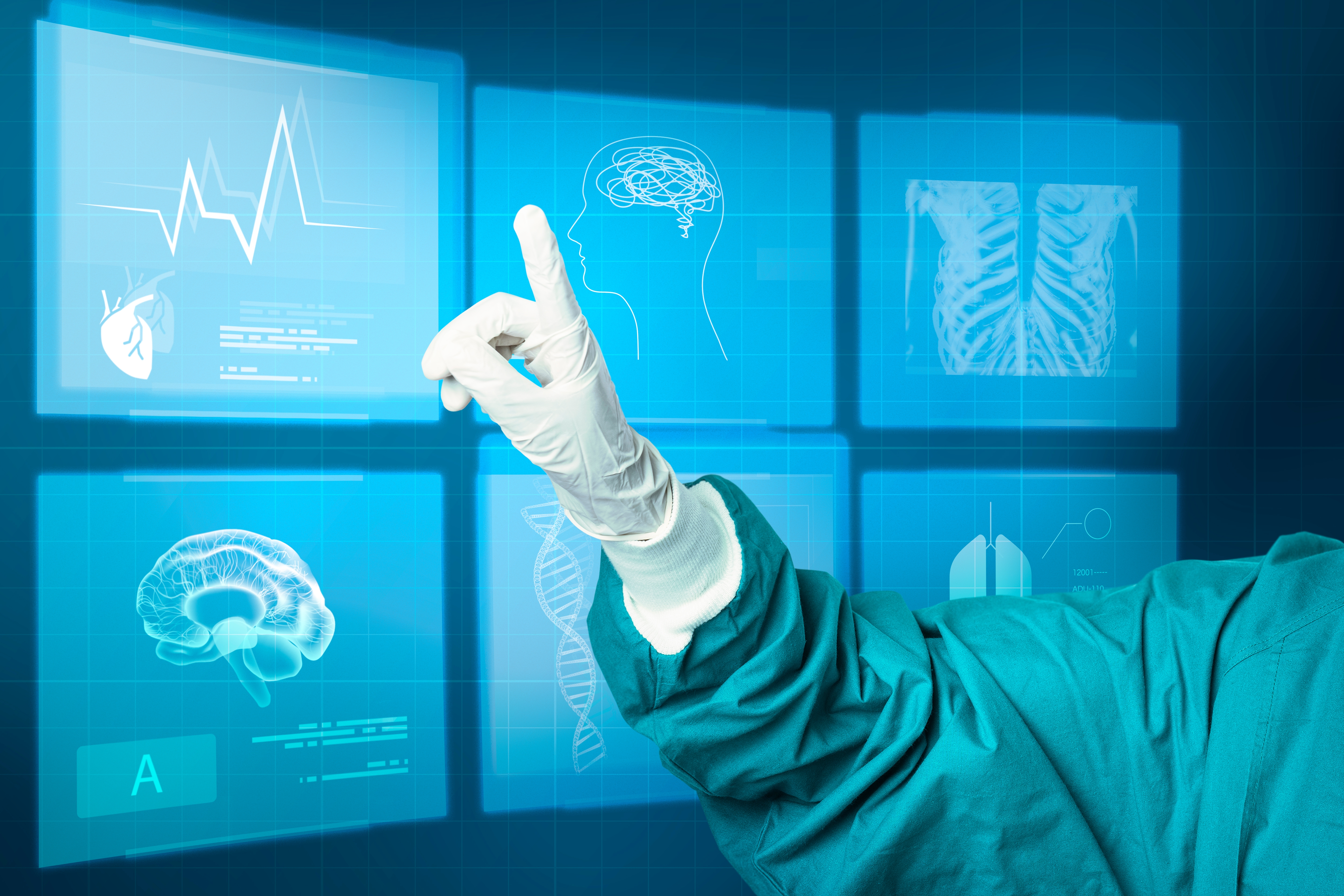How AI is Transforming Healthcare: A Global Perspective on Innovations and Challenges

Artificial Intelligence (AI) has increasingly demonstrated its disruptive potential across several industries in recent years, and health care is no different. As one thinks about AI’s effect on the healthcare environment, it is rather clear that this technology is not a fad; rather, it is a revolution that is changing the ways in which healthcare workers diagnose, treat and manage patients. In this article, we are going to examine the new technologies AI offers in the health industry, the challenges it has, and how these trends are understood in the world.
The application of AI with regard to healthcare is broad and deep as it starts from organizational work to the very complicated medical practices. One of the major breakthroughs is the introduction of AI systems that utilize algorithms to help in the retrieval of large sets of information. Such algorithms can analyze EHRs (electronic health records), medical images or even databases with genetic ‘translations’ for possible relationships that probably cannot be seen by a human observer. For example, significant improvements on AI-assisted imaging have caused it to outperform radiologists in detecting differences between images from XRTs and MRIs. The addition of this feature not only improves the level of quality of the diagnosis but also reduces the time taken in making decisions and computations in order to have timely patient treatment.
Another area where AI is revolutionizing the field is personalized medicine. Increased tailoring of treatment protocols has become a crucial aspect of healthcare, as not all patients respond to the same therapies. Thanks to AI, treatment can be more individualized considering each patient’s genetic makeup, their lifestyle, and previous health issues. With this information in hand, healthcare professionals are able to develop more effective strategies that target specific patients. This transformation towards such individualized treatment is of great advantage to all patients as well as healthcare organizations in managing their resources better.AI is making in drug discovery and development a game changer indeed.
Traditional pathways of commercialization of drugs are arduous and resource draining, some taking more than a decade to achieve and amounting to billions of dollars. When AI is involved, the entire process is accelerated as it predicts the effectiveness and compatibility of a number of different compounds with the biological system. As a result, suitable candidates are identified faster, reducing the time required for the drug discovery phase. With the possible cancer or AIDS drugs being noncommercially available for years, AI could easily solve the issue by making the medications available much faster and for a considerably lower price.
The utilization of AI in medicine eliminates countless challenges, but according to noise reasons AI adoption isn’t as easy and straightforward. For instance, one of the red flags of concern is the data privacy and data security that needs to be effectively managed. Since Artificial Intelligence tools require a lot of data , and such data includes patient data, then ensuring confidentiality of such information becomes crucial. It entails that organizations in the healthcare sector have to wade through tough laws and regulations and put up strong cyber security measures so patients data remains private.
Moreover, there’s a big underlying challenge that is concerning AI algorithms, it’s needless to say that such algorithms have bias as well. Most of such AI tools that are deployed are trained using certain datasets, there are chances that such datasets might have bias embedded into them for one reason or another. For instance, a trained AI model that uses data from certain races and uses them for training a model would certainly delay or perform poorly if someone from a different race required assistance. This brings on many ethical issues when it comes to able to access healthcare facilities, since there’s a likelihood to foster health gap.
The global perspective gets varied when it comes to demographics, AI integration into medicine differs region wise. The infusion of AI technology within developed regions is comparatively in a stronger position, hence innovation gets to outpace. Numerous hospitals and healthcare setups in these regions are already practicing with AI powered technologies for clinical decision making, patient management and even for efficiency in operations.
In contrast, AI acceptance in developing countries lags because of a lack of resources including training and infrastructure. But there is enormous possible for AI to tackle some of the most crucial health care problems in these areas like getting into treatment or disease management. For example, AI-enabled mobile health apps that provide different services can provide far-off consultations and follow-ups, therefore expanding options for patients.
Disparities in international health care should be addressed through collaboration and knowledge sharing. By promoting alliances between nations, AI can be employed by health organizations to create models appropriate to different health care settings. In this context, new ideas can be created to solve problem for all levels of people regardless of their location.
To sum up, it is obvious that AI is changing the practice of medicine around the world. The improvement of diagnostics, the individualization of treatment, the acceleration of drug development and the optimization of operations can change the way patients are treated. However, the path to embracing AI in the practice of healthcare is not smooth and encounters obstacles such as data legitimacy, privacy and integrity of individuals and social groups, and concerns regarding algorithmic bias. If these challenges are solved and international cooperation and participation stimulated, innovative approaches to healthcare and health equality can be realized. We should also note that the aspect of responsible AI use is of great significance as we need technology to facilitate care and not hinder it.



